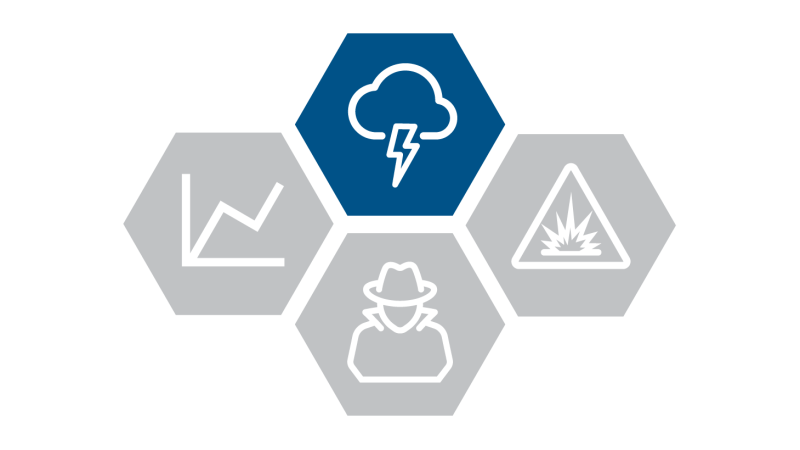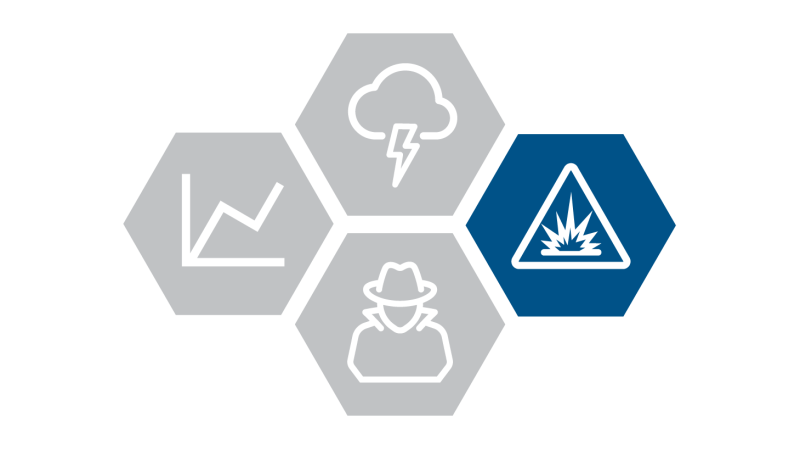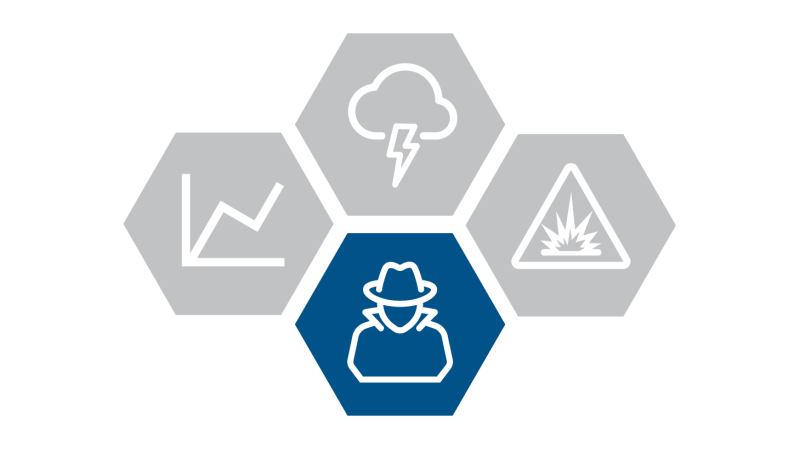
PLAN
What is resilience, how does it relate to dependencies, and how do I incorporate resilience into planning?
This module shows how understanding critical infrastructure and dependencies can inform planning and increase community resilience. It also provides ideas for eliciting information about dependencies during planning discussions and shows how an understanding of dependencies can inform various planning processes.
As we learned in the first module LEARN, infrastructure is the backbone of communities, regions, and the nation, providing not only critical services, but also the means for economic growth and the delivery of key products and services. Given their vital significance, it is important to ensure that infrastructure systems are resilient. This section suggests how dependency considerations and resilience concepts can be incorporated into planning at the local and regional level reducing consequences and speeding recovery from hazard events.
Key Lessons
- The resilience of community services in the face of multiple hazards requires consideration of infrastructure system dependencies.
- Including key infrastructure stakeholders in the planning process can lead to a better understanding of dependencies and more resilient outcomes.
- An understanding of infrastructure dependencies can be incorporated into almost any plan or planning process.
Resilience Through Planning
First, let’s explore an example of how incorporating dependencies into planning can influence community resilience. Looking back at the ice storm that struck Kentucky in 2009, we can see how planning with infrastructure dependencies in mind might have affected community preparedness, response, and recovery.
What does it mean to be resilient?
Resilience is the ability to prepare for and adapt to changing conditions and withstand and recover rapidly from disruptions. Resilience includes the ability to withstand and recover from deliberate attacks, accidents, or naturally occurring threats or incidents. [Presidential Policy Directive 21]

Prepare
Get ready by planning, acquiring knowledge, and conducting training and exercises

Adapt
Adjust to new conditions, make suitable for changing circumstances

Withstand
Remain unaffected by

Recover
Return to normal
What hazards should be considered?
Multiple hazards and changing conditions can impact the resilience of a community and its infrastructure systems. These may be short-term impacts like injuries and loss of life, property damage, and degraded quality of life as well as long-term impacts such as business closures, population loss, and reduced tax base.

Natural Hazards
Examples include:
- Storms
- Earthquakes
- Wildfires
- Landslides
- Flooding

Technological Hazards
These are usually caused by accident. Examples include:
- Chemical spills
- Facility fires
- Vehicle or vessel collisions

Human-caused Hazards
Examples include:
- Terrorist attacks
- Sabotage
- Cyber threats
- War
- Criminal activity

Changing Conditions
Examples include:
- Economic downturn
- Population increase or decrease
- Revenue fluctuations affecting maintenance of systems
- New regulations
- New technology
- Social inequities
Stakeholders, Dependency Assessment, and Plan Integration
These sections provide insight and instruction on how to best involve stakeholders, identify dependency vulnerabilities, and effectively integrate these into existing plans to improve community resilience.
Stakeholder Involvement
Dependency Vulnerability Assessment
Integration into Plans
Next: Implement
Let’s look at some approaches to enhancing resilience and explore best practices, case studies, and resources that can support implementation.




